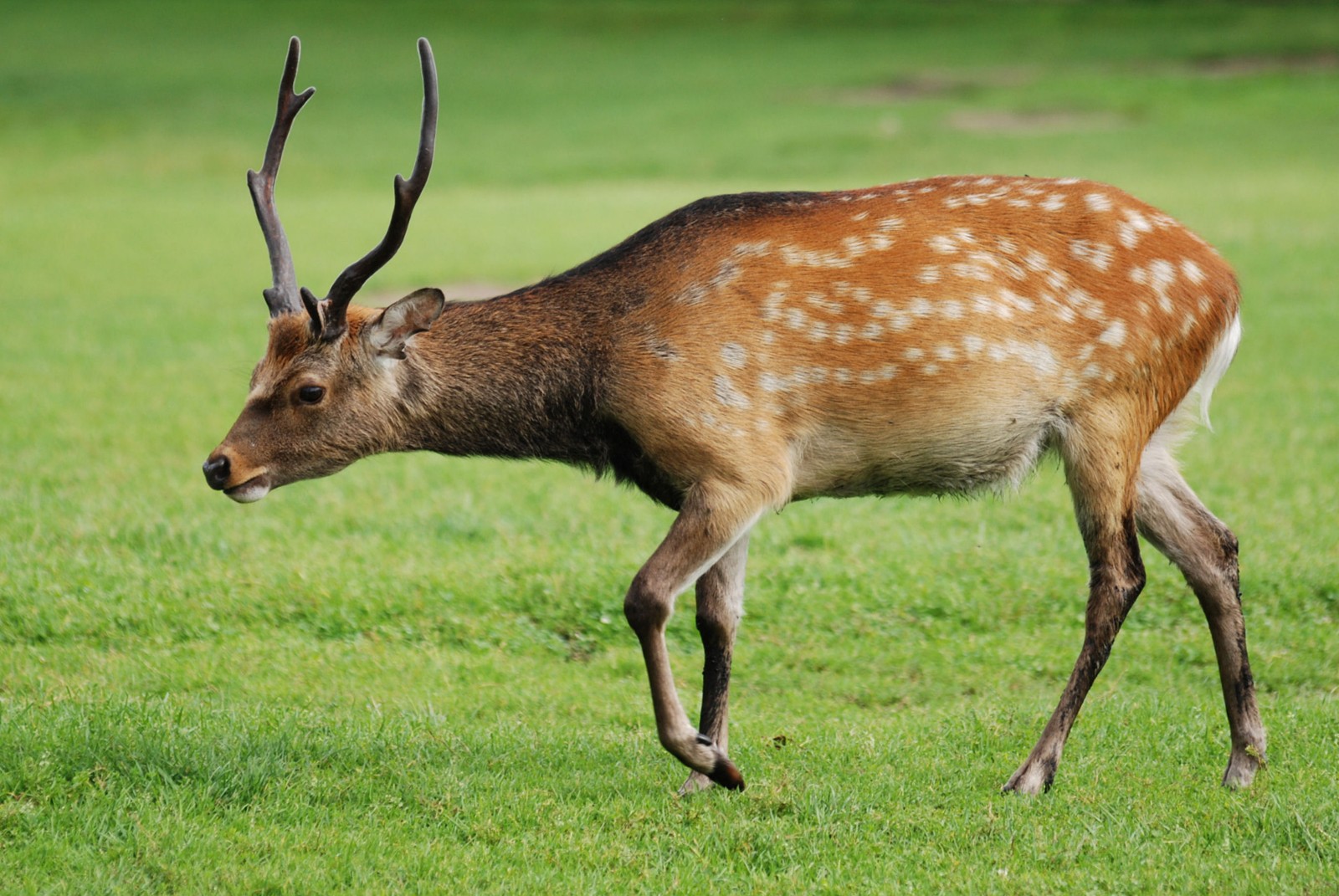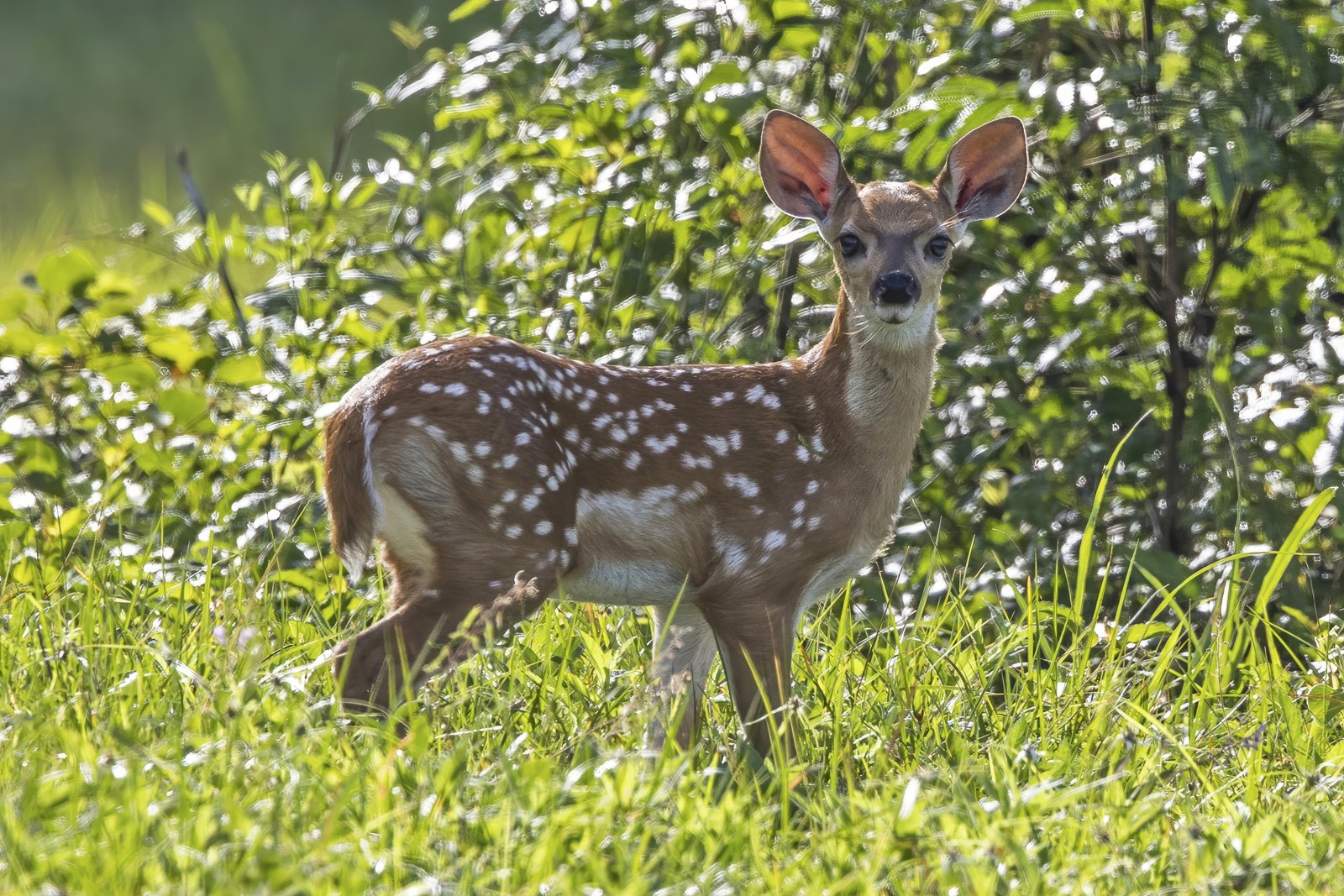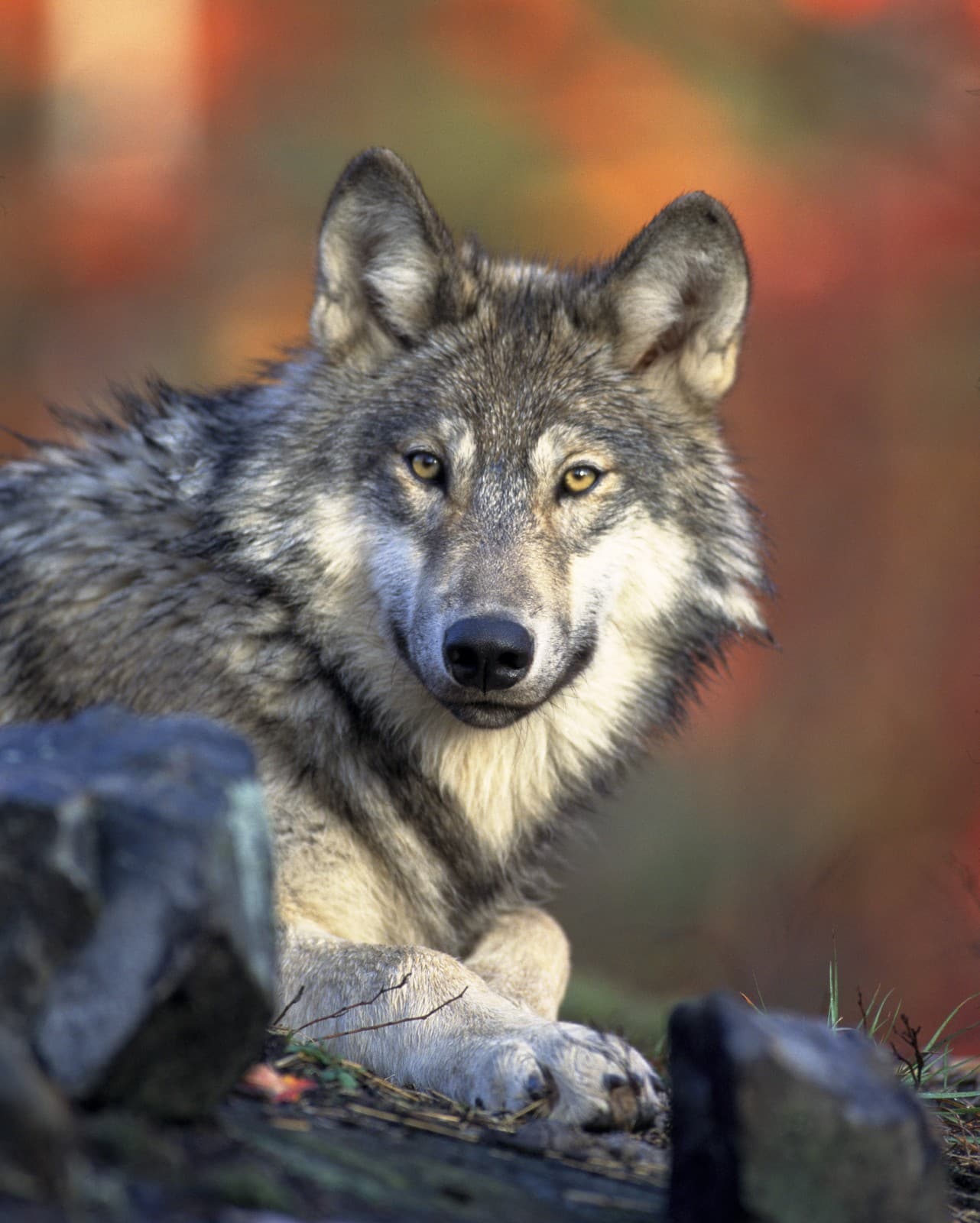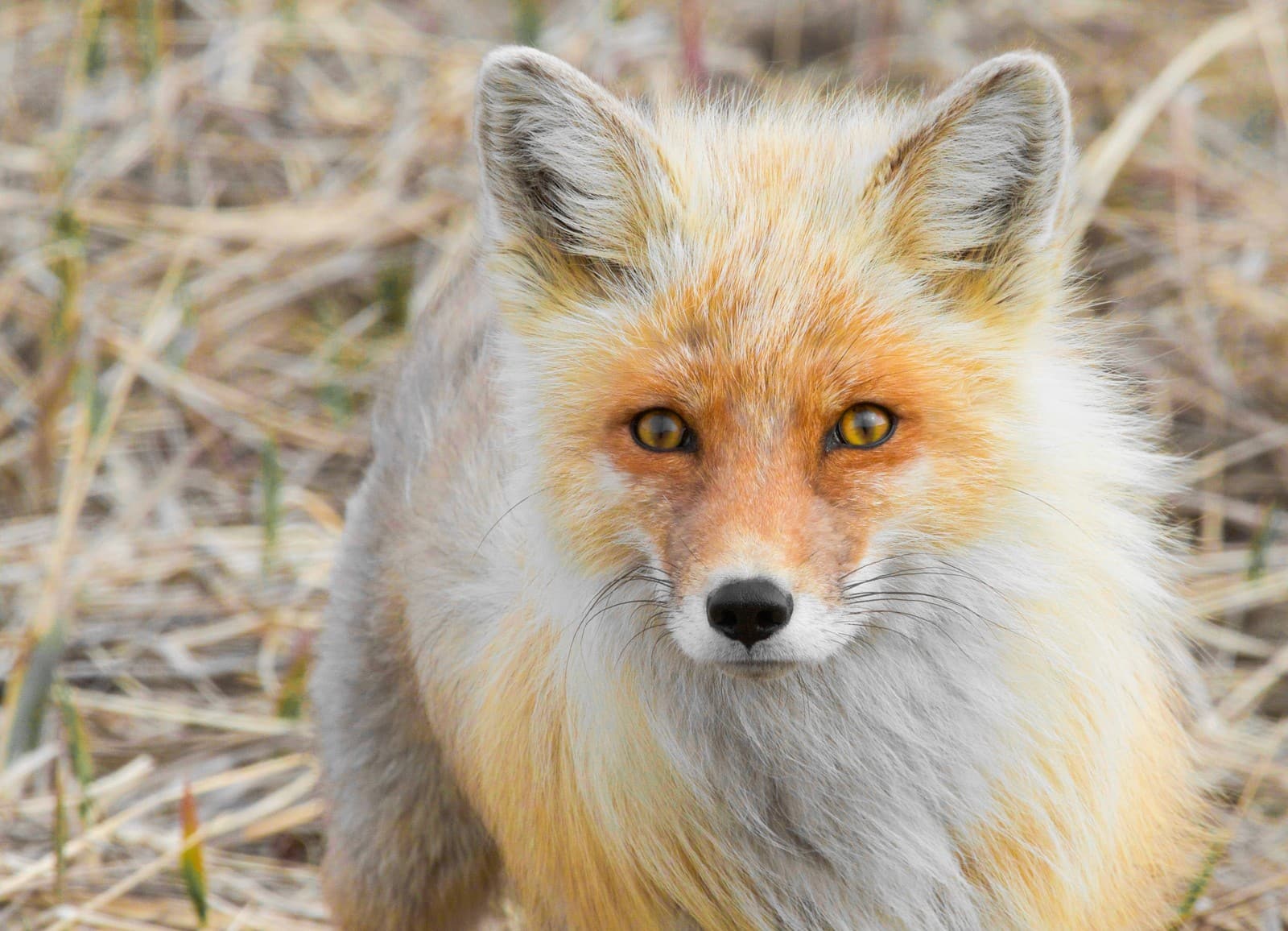Elephant vs Mammoth: A Complete Comparison
In the battle of Elephant vs Mammoth, these magnificent proboscideans share remarkable similarities yet display distinct evolutionary adaptations. Modern elephants, reaching heights of up to 13 feet (4 meters), are dwarfed by their prehistoric cousins, the Woolly Mammoths, which stood at impressive heights of up to 15 feet (4.5 meters) and wielded tusks spanning 16 feet (5 meters) in length.
While both species evolved from common ancestors, their paths diverged roughly 6 million years ago, leading to specialized adaptations for different environments. Modern elephants developed larger ears and less body hair for hot climates, while mammoths evolved smaller ears and thick woolly coats for survival in frigid temperatures.
Size and Physical Characteristics Comparison
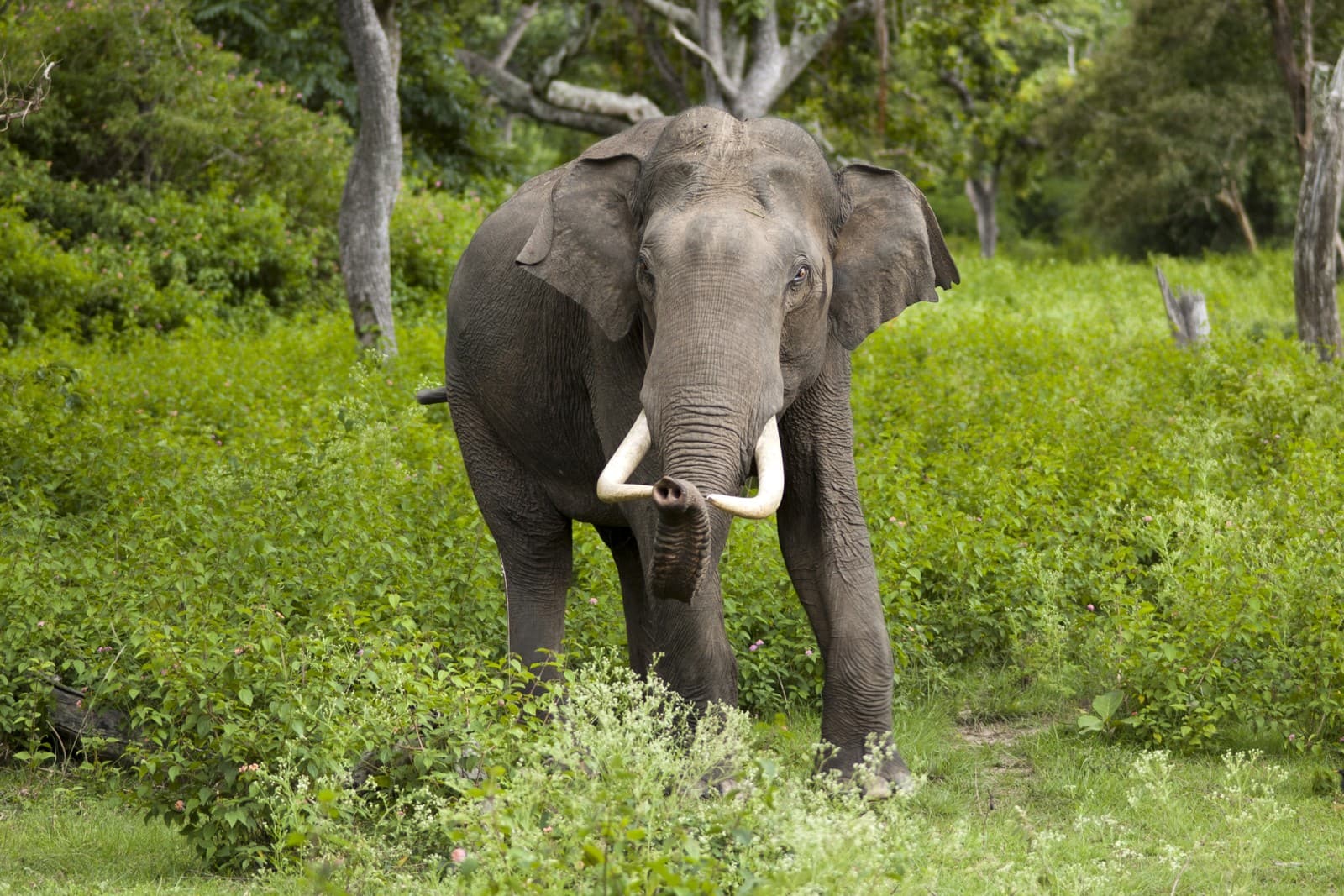
© Yathin S Krishnappa / CC BY-SA 3.0
Modern elephants showcase remarkable adaptations for tropical and subtropical environments, with their characteristic large, vascular ears serving as natural cooling systems.

© Jonathan Chen / CC BY-SA 4.0
The Woolly Mammoth’s skeletal structure reveals its cold-weather adaptations, including compact ears and distinctive curved tusks used for clearing snow to reach vegetation.
| Feature | Elephant | Mammoth |
|---|---|---|
| Height | 8-13 ft (2.4-4 m) | 9-15 ft (2.7-4.5 m) |
| Weight | Up to 13,000 lbs (5,900 kg) | Up to 15,400 lbs (7,000 kg) |
| Ears | Large, fan-shaped | Small, compact |
| Hair | Sparse, bristly | Dense, woolly coat |
| Tusks | Straight to slightly curved | Long, strongly curved |
| Habitat | Tropical/subtropical regions | Cold tundra/steppe |
Habitat and Behavior
Modern elephants thrive in diverse environments ranging from savannas to rainforests, displaying remarkable intelligence and complex social structures. These giants maintain intricate family bonds and demonstrate tool use, with documented problem-solving abilities surpassing many mammals.
Mammoths, adapted to cold climates, roamed the mammoth steppe - a vast ecosystem stretching across Eurasia and North America. Fossil evidence suggests they lived in family groups similar to modern elephants, with sophisticated social behaviors evidenced by track ways and group burial sites.
Diet and Feeding Habits
Modern Elephants
- Consume 300-600 lbs (136-272 kg) of vegetation daily
- Feed on grass, leaves, bark, fruits, and roots
- Require 30-50 gallons (113-189 liters) of water daily
- Use trunk for gathering and processing food
Woolly Mammoths
- Consumed primarily grass and sedges
- Specialized molars for processing tough Arctic vegetation
- Curved tusks used to clear snow for foraging
- Required less water due to snow consumption
Intelligence and Social Structure
Both species demonstrate(d) remarkable intelligence and social complexity. Modern elephants show self-awareness, tool use, and complex emotional behaviors including grief. Archaeological evidence suggests mammoths maintained similar social structures, with fossil sites revealing family groups and collective behaviors.
Extinction vs Survival
While modern elephants face critical conservation challenges, their adaptive capabilities helped them survive changing climates. Mammoths, despite their successful reign for over 700,000 years, succumbed to a combination of climate change and human hunting approximately 10,000 years ago, with the last population surviving on Wrangel Island until 4,000 years ago.
Who Would Win in a Fight?
Based on physical characteristics and behavioral evidence, a confrontation between an adult bull elephant and a Woolly Mammoth would likely result in a stalemate. While mammoths possessed size advantage and specialized cold-weather adaptations, modern elephants demonstrate comparable strength and agility. Both species evolved as social herbivores rather than combative animals, making such confrontations unlikely in natural settings.
Conservation Status
Modern elephants face severe threats from habitat loss and poaching, with both African and Asian species listed as endangered. Understanding their relationship to extinct relatives like mammoths provides crucial insights for conservation efforts and the potential consequences of failing to protect these remarkable creatures for future generations.






